Duality principle is “safe and sound”: Researchers clear up apparent violation of quantum mechanics’ wave-particle duality
When scientists in Germany announced in 2012 an apparent violation of a fundamental law of quantum mechanics, The results were both “strange” and “incredible.” It took Robert Boyd and his colleagues nearly a year and a half to figure out what was going on.
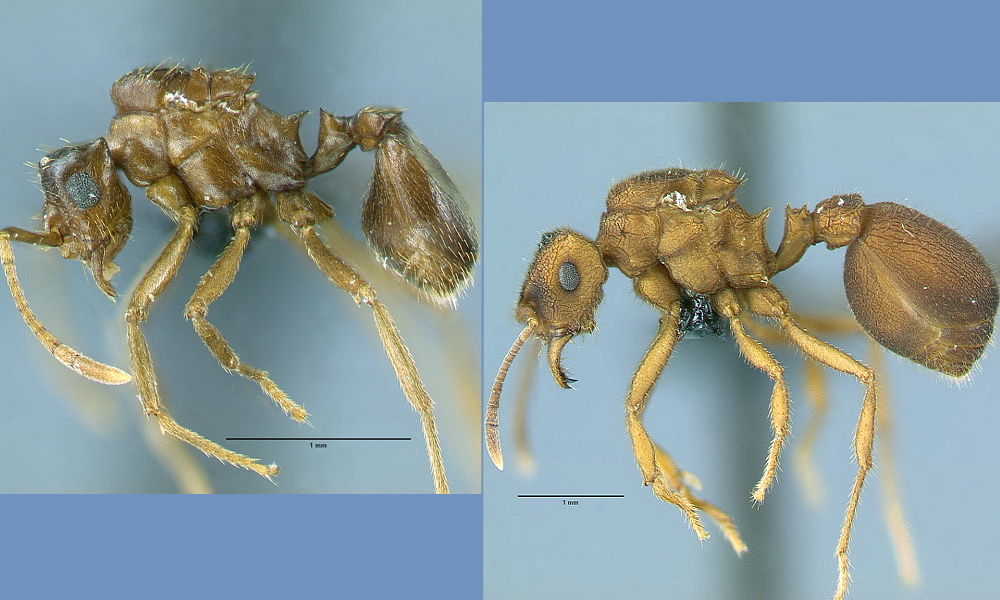
Alternate mechanism of species formation picks up support, thanks to a South American ant
A newly-discovered species of ant supports a controversial theory of species formation. “Most new species come about in geographic isolation,” said Christian Rabeling, assistant professor of biology at the University of Rochester. “We now have evidence that speciation can take place within a single colony.”
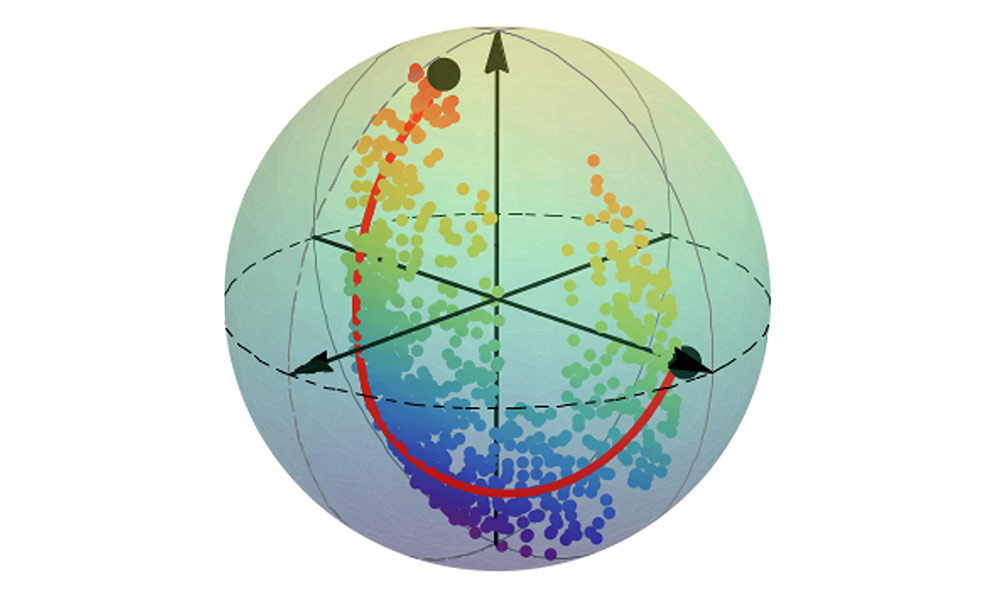
Mapping the optimal route between two quantum states
As a quantum state collapses, it will follow a path known as a quantum trajectory. In a new paper featured this week on the cover of Nature, scientists have shown that it is possible to track these quantum trajectories and compare them to a theory, recently developed by University of Rochester physicists, for predicting the most likely path a system will take.
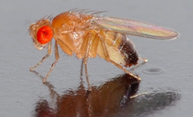
When temperatures drop, newly-discovered process helps fruit flies cope
Rochester biologist Michael Welte and his team made their discovery while studying the internal mechanisms of the egg cell of the fruit fly, known as Drosophila. What keeps the assembly line functioning—based on the new research—is a protein called Klar.

Lake sturgeon making a comeback in the Genesee
Blood-sampling studies led by comparative medicine professor and chair Jeff Wyatt are showing promising signs for the fish, for the once-troubled embayment of the lower Genesee — and, potentially, for the local economy.
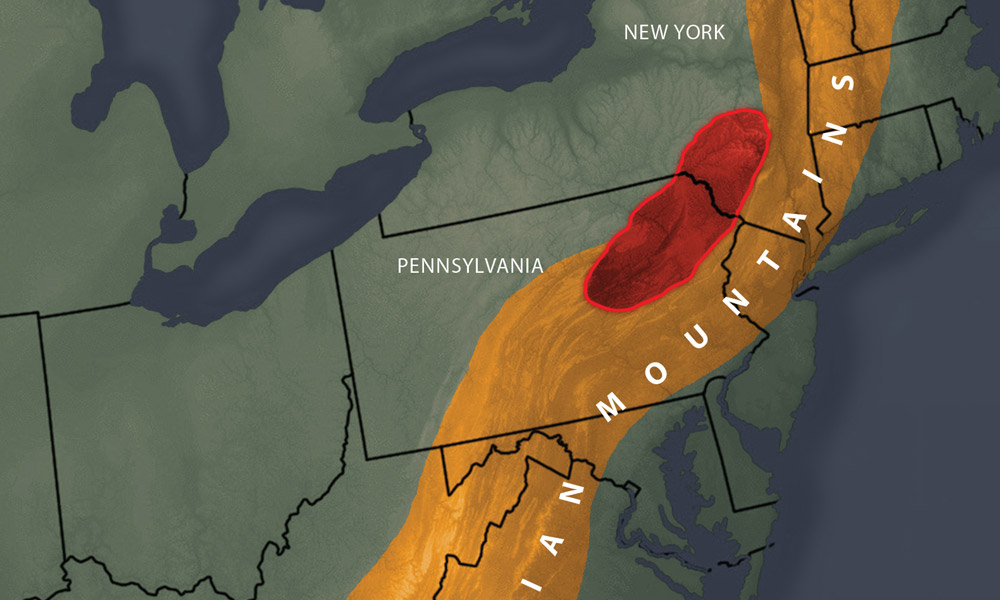
Bend in Appalachian mountain chain finally explained
Rochester researchers now know what causes the bend in the otherwise straight line of the Appalachian Mountains, and this new understanding of the region’s underlying structures could inform debates over the practice of hyrdrofracking.

Women feel threatened by ‘the lady in red’
In a new study, psychology graduate student Adam Pazda found that women believe that other women who wear red are more sexually promiscuous and were less likely to introduce their husband or boyfriend to a woman wearing red.
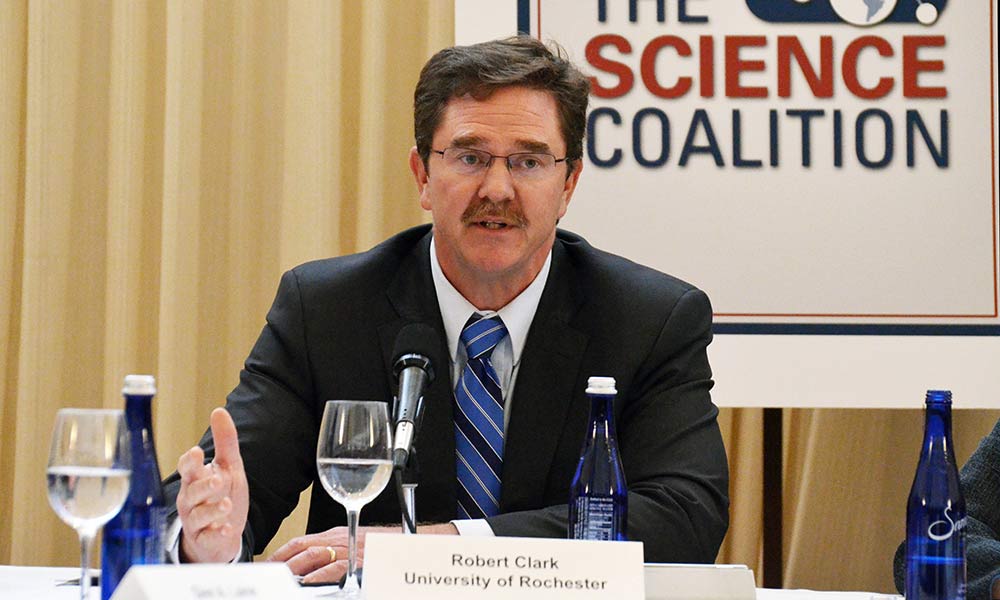
Robert Clark stresses need for federal research support at National Press Club
Universities can help drive regional economic development and strengthen American competitiveness — but only if the federal government continues to partner with institutions and commits to provide the sustained research funding that is required to, first, discover a good idea, then “translate” it into products and services that benefit society.

$3.6 Million grant funds asthma study for urban teens
The most common chronic childhood illness, asthma affects an estimated 1 in 10 children and teenagers in the United States. Low-income and minority youth develop asthma even more often.
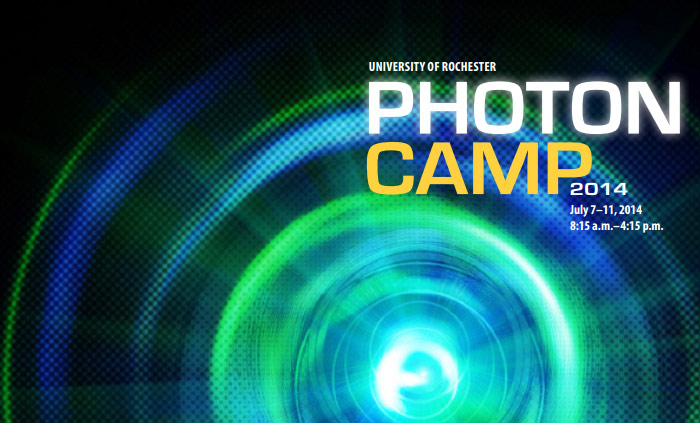
Photon camp gives high school students exposure to optics
During their week at Photon Camp, 18 students from several local high schools and the Bergen Academy in New Jersey will attend lectures in the mornings, and get some hands on experience in the laboratory during the afternoons.
